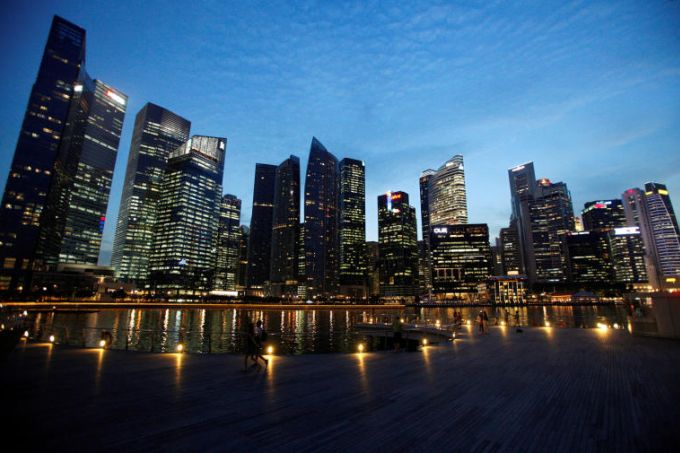Singapore: Inflation turns positive in 2017; economists divided over pace of recovery this year
SINGAPORE’S inflation rate turned positive last year for the first time since 2014, thanks in part to stronger economic growth.
But with the pace of price increases set to remain modest this year, economists are divided over the question of how soon the central bank will move to strengthen the Singapore currency.
The consumer price index – the main measure of inflation – rose 0.6 per cent in 2017, reversing two consecutive years of negative inflation.
Core inflation – which strips out accommodation and private road transport costs – rose to 1.5 per cent from 0.9 per cent in 2016.
Inflation ended 2017 on a muted note. Statistics Department data released on Tuesday showed that the consumer price index rose 0.4 per cent in December compared with the same month a year earlier.
This was below the preceding month’s 0.6 per cent and marginally lower than economists’ estimates of a 0.5 per cent rise.
December’s lower-than-expected inflation rate was largely due to lower private road transport and services inflation, the Monetary Authority of Singapore (MAS) and the Ministry of Trade and Industry (MTI) said in a joint statement.
Official forecasts tip inflation of between zero and one per cent this year – broadly similar to 2017 – despite stronger economic growth and higher oil prices.
This is because overall cost pressures in the economy remain relatively restrained, said MAS and MTI. Some slack remains in the job market, while non-labour costs such as commercial and retail rentals are still subdued.
But some economists are expecting consumer prices to pick up at a faster pace this year as the global recovery continues to gain traction.
“We believe (the MAS’ inflation outlook) is quite a conservative forecast given the recent upswing in global oil prices. Moreover, higher oil and gas prices will also pass through to core inflation via electricity tariffs, albeit with a longer lag,” said HSBC economist Chen Jingyang.
Maybank Kim Eng economists Chua Hak Bin and Lee Ju Ye said: “We think that inflation risks are on the upside amid rising global oil prices which touched three-year highs recently, as well as the upcoming measures this year – such as the reduction in the supply of COEs starting in February, the second phase of the water price hike in July, as well as the potential imposition of GST on e-commerce sales.”
Given the stronger growth outlook and uptick in inflation, Dr Chua and Ms Lee also expect the MAS to tighten monetary policy at its next meeting in April.
The central bank uses the exchange rate as its main monetary policy tool to strike a balance between inflation from overseas and economic growth.
The rate is allowed to float within a band that can be adjusted when monetary policy is reviewed.
A stronger currency – which corresponds to tighter monetary policy – counters inflation by making imports cheaper in Singapore dollar terms, while a weaker Singdollar helps lift growth by making exports cheaper abroad.
The exchange rate is managed against a basket of currencies of Singapore’s major trading partners.
The Singdollar policy band is now on a path of zero appreciation against the currencies of key trading partners – a “neutral” stance put in place in April 2016 amid slow growth and low inflation.
Some economists believe the MAS will stand pat despite stronger growth and rising inflation.
“The upturn in Singapore’s business cycle is relatively nascent and domestic demand has yet to gain in breadth. Investment activity continues to remain weak,” said ANZ economists Radhika Piplani and Sanjay Mathur in a research note.
“Wage growth has also been muted and against the backdrop of rising productivity, has allowed for unit labour costs to decline. Overall, price pressures in the system are likely to remain muted.”
This means the MAS could afford to maintain its neutral Singdollar policy in April and only make tweaks at its next meeting in October, they added.
Source: http://www.businesstimes.com.sg/government-economy/inflation-turns-positive-in-2017-economists-divided-over-pace-of-recovery-this


 Thailand
Thailand




